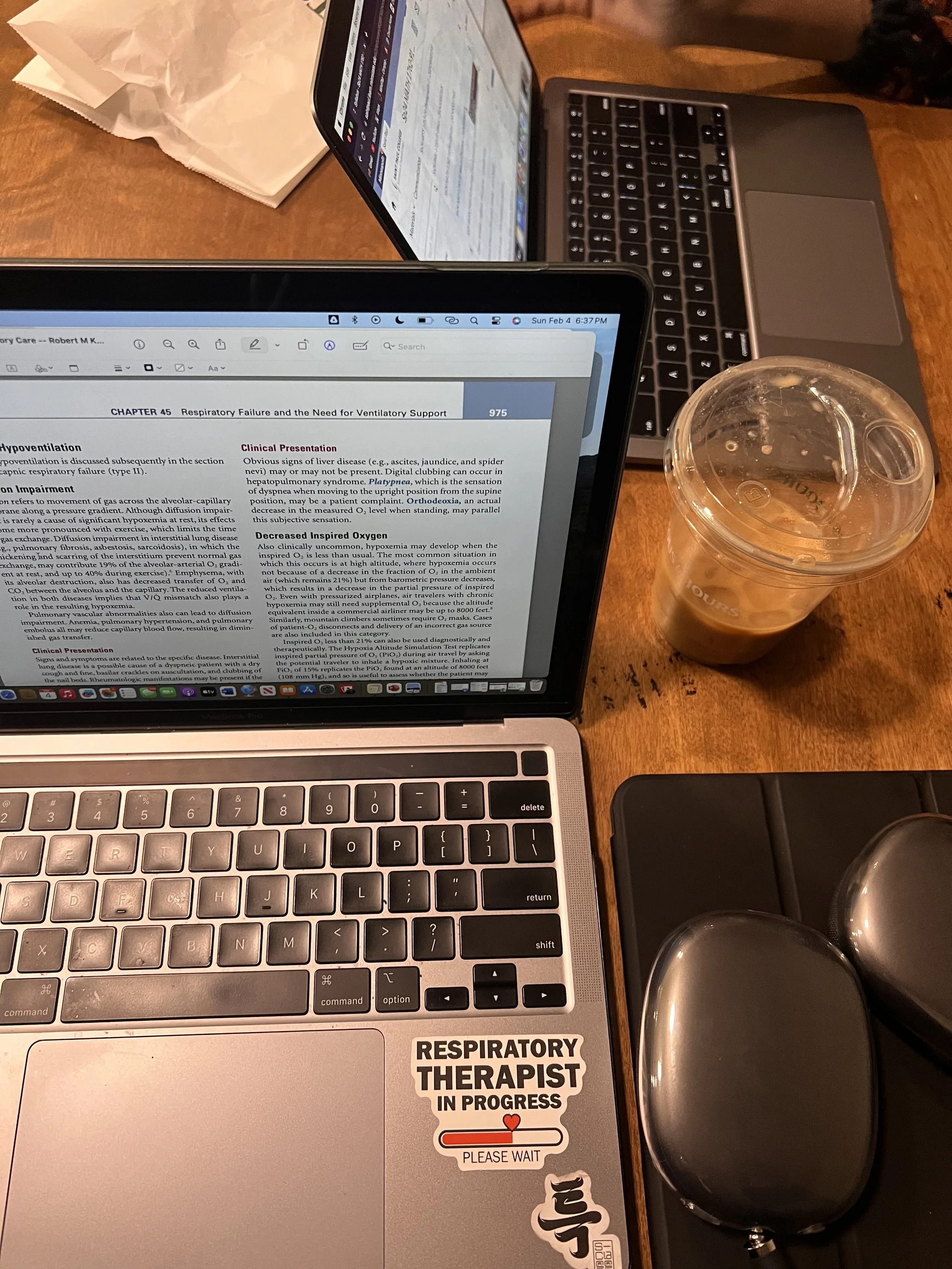Where are all the dining hall student workers?
By Natalie Nemes
An average rush hour in the dining hall over the lunch period looks like this: Students loiter near the grill as they wait for their orders to be finished. The line for the deli wraps around the pillar opposite the grill and snakes back toward the salad bar. A second line forms in front of the Classics station, where a student worker swiftly dishes up plates so as not to keep other students waiting. People hover around the fridges, looking for the perfect drink to pair with their meal, while those with a sweet tooth snatch desserts off the display tables. The checkout line inches forward steadily but continues to grow as more and more people are served their food and proceed to the cash registers.
With the dining hall handling mass influxes of customers like this, one wonders how it manages to balance feeding the campus population, scheduling student workers who attend school full time on top of working a part-time job, and employing Sodexo staff to fill in the gaps. The dining hall’s hiring process is nuanced, and Dean Dutko, the general manager of Sodexo dining services at St. Kate’s, faces several challenges when staffing enough workers to meet demand.
Hiring by the numbers
Before the COVID-19 pandemic, on average, Dutko would hire and keep around 55 student workers per semester across all five of the campus dining outlets: the dining hall, The Pulse, the marketplace, the coffee shop and catering services. Post-COVID, however, the average number of student workers has increased to about 65.
According to Dutko, it was hard to hire Sodexo staff back after the pandemic, and this opened up more positions to students. Dining services is now recovering post-COVID and looking to fill jobs that students do not have availability to take on.
There are only around 30 full-time and part-time Sodexo workers at present, meaning the dining services staff across all five outlets is made up of mostly students. Beyond the challenges with hiring Sodexo staff to supplement the student workforce, Dutko often sees a significant number of students resign each semester, despite the university’s best efforts to place students in these positions who are best fitted for working in food service.
Resignations
Dutko explained that over the summer, St. Kate’s Student Employment Center places incoming first-years in jobs, prioritizing students who must secure employment to meet their financial needs. Often, student employment will look to match a student’s work experience with their on-campus position. Workers are hired according to how many open positions managers like Dutko say they need filled.
However, despite student employment’s best efforts to match students with job opportunities, many of these dining service student workers end up resigning.
“Quite honestly, we lose a lot of those people that turned down working in food service. Either they’re nervous about it, or they don’t think that that’s really a fit for them, whatever their initial high school experiences might be,” Dutko said.
He shared the statistics from this year as an example. “Twenty-six students were placed in student— from student employment within my five departments, and to round it off about 50% either declined the position, or resigned sometime within the first semester, towards the end of the semester, when all was said and done,” Dutko said. “So we lost, you know, a good number of people from the student placement. The rest just stayed.
“So those are interesting statistics, because that happens, you know, religiously. You know, year after year from student employment, and they do the best they can. But it just falls back on the student saying, ‘Maybe food service isn’t for me,’ and that’s, you know. That’s understandable.”
Former dining hall worker Anna Fields ‘25 (English/History) noted that some students leave their jobs at the cafeteria for other positions that relate more closely to their majors or because of their busy schedules. Nursing majors, for example, have a lot of duties outside of attending class for their studies and often need jobs with more flexible hours.
Navigating student worker availability
When student workers were unable to fill open shifts, Fields said this put a strain on Sodexo staff that slowed down the dining operations as a whole. She said that students will often serve food at the Classics station and Simple Servings, so if there’s not somebody there to cover those stations, then it’s more work for the other people in the kitchen who have other jobs like cooking.
Dining services solicits its open positions on Handshake, often listing the hours it needs filled in the position description to ensure that the availability of applicants matches up with need.
“Those spots that can be based on availability is kind of the big ticket because you can have a whole bowl of people that want a job, but if the availability doesn’t match where the opening is, I can’t really hire them,” Dutko said.
Difficulty staffing stations
Even when student workers do stay on and are able to work available shifts, they are limited in the tasks they can perform. Ideally, students are cross-trained in multiple jobs across the dining hall so they can step up to become lead workers. Leads’ duties go beyond dishing up food at a station and might include cooking and preparing food or ringing up customers at the cash register. However, students are not delegated to any work that might put them in “harm’s way.”
Student workers are restricted to certain duties, Dutko said. Unlike fast food places that will assign young people to work at fryers or at dishwashing stations with mechanical pieces that can cause injuries, more dangerous food preparation tasks are left to skilled culinary food service workers.
Due to a lack of depth, the dining hall also has difficulty covering workers trained to prepare and serve food at a certain station who call in sick on a particular day. For example, if the chef at the Global Fusion Stir Fry station is out sick, “I just can’t magically come up with a cook that has the experience to be able to jump in there and actually do it,” Dutko said. He would be forced to close that station for that day.
Long wait times
Although students may commonly experience long lines for food at particular times of day in between stretches of almost no activity, Dutko emphasized, “That’s normal for a university setting.” For example, the registrar has set up the schedule so that students often get out of class at the same time and all head to lunch, creating rushes on certain days at certain times.
Last Thursday and Friday Feb. 8-9, students might have noticed a line winding around the corner and nearly out the door. This was caused by the high volume of visitors participating in and watching the Minnesota State High School League one act play tournament hosted at The O’Shaughnessy.
The line for the dining hall extended nearly to the door of the cafeteria at lunchtime on Friday, Feb. 9, due to the influx of guests from the MSHSL one act championship.
Dutko said that these high school students are, “given vouchers to experience a college setting, and then they come over to the cafeteria and bombard us in a massive amount of, you know, 100 to 200 people.” The dining hall can only staff so many workers, he added, to be able to handle that large of a crowd.
Limited hours
One student, though, saw a shortage of workers affecting dining services’ availability and hours rather than its wait times.
“I just know at this point not to rely on the dining services over the weekends, because they won’t offer anything, basically,” said Kaitlyn Oddonetto ‘25 (Mathematics, Leadership minor). “Because they don’t have the workers to work it. They don’t have [the] Classics [station], Simple [Servings] or stir fry open at all during the weekends most of the time.”
Oddonetto also noted that the marketplace has “unreliable” hours, and said, “Half the time when you go in for the hours they say they’re closed because of the [worker] shortage.” They mentioned that the coffee shop, though, seemed unaffected by a worker shortage and stayed open regardless.
Handshake postings for open positions at the dining hall, the coffee shop, The Pulse café and in catering services ran through Friday, Feb. 9. Students can find the hours for the dining hall, Pulse, coffee shop and marketplace outlined on this Canva graphic via the St. Kate’s webpage on campus dining options.







